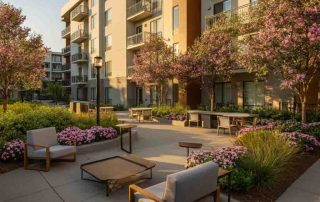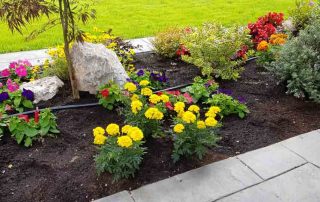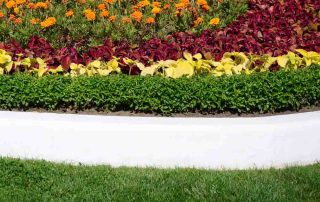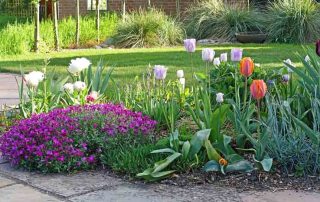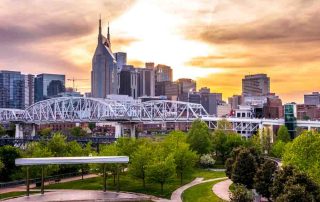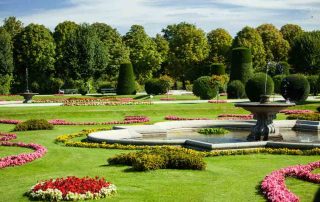Professional Landscapers use Top of Line Equipment
Pugh's Earthworks Pugh's Earthworks is fully prepared for the upcoming mowing season across the five markets we proudly serve. Equipped with industry-leading tools like Exmark Commercial Mowers, we are committed to providing professional service and achieving exceptional results for our clients. Our dedication to quality and efficiency ensures that every property we maintain is a reflection of our high standards and expertise. At Pugh's Earthworks, we offer a wide range of services to meet the diverse landscaping needs of our clients. From basic lawn maintenance to complex landscape design and installation, we have the experience and expertise to handle any project. Our lawn services include: Mowing and Edging - We take pride in keeping lawns looking neat and well-maintained. Our team uses top-of-the-line equipment to ensure a clean cut every time. We also provide edging services to define the borders of your lawn and give it a professional finish. Fertilization and Weed Control - A lush, green lawn starts with proper fertilization and weed control treatments to keep unwanted plants at bay. Aeration and Overseeding - Compacted soil can prevent proper water and nutrient absorption, leading to a weak and unhealthy lawn. Our aeration services help loosen up the soil, allowing for better air circulation and promoting healthy root growth. We also offer overseeding to fill in any bare patches and improve overall lawn density. Irrigation System Maintenance - A well-functioning irrigation system is crucial for maintaining a beautiful lawn. Our team provides regular maintenance services such as checking for leaks, adjusting sprinkler heads, and ensuring proper water distribution. Exmark is a renowned brand known for its high-quality commercial lawn equipment, designed to deliver superior performance, durability, and efficiency. Perfectly tailored for professional landscapers and turf care specialists, Exmark products are built to tackle mowing and maintenance tasks, no matter the scale. Key Features of Exmark Lawn Equipment: Performance-Driven Engineering - Exmark's equipment delivers precision cutting with consistent results, helping professionals meet the high standards of commercial lawn care. Their machines are designed to handle even larger lawns quickly and efficiently. Durable and Reliable - Built tough for rigorous use, Exmark products are manufactured with high-grade materials and components, ensuring years of reliable performance even under demanding conditions. Comfort and Ease of Use - Operators are at the core of Exmark’s design philosophy. Their machines include ergonomic controls, smooth operation features, and reduced vibrational stress to provide an outstanding user experience for long workdays. Variety of Models - Exmark offers a diverse lineup, from zero-turn mowers to walk-behind models and stand-on mowers, catering to various user needs and preferences. Whether you need equipment for wide-open spaces or tight, hard-to-reach corners, Exmark has a solution. Reduced Downtime & Maintenance - Exmark designs its machines for easy maintenance, with quick-access points that help reduce downtime. Many models also feature state-of-the-art technologies to extend the lifespan of key components. Eco-Friendly Options - Some Exmark models include innovative fuel-saving technologies and lower emissions, making them more eco-friendly without compromising power or performance. Why Choose Exmark? Exmark machines [...]


